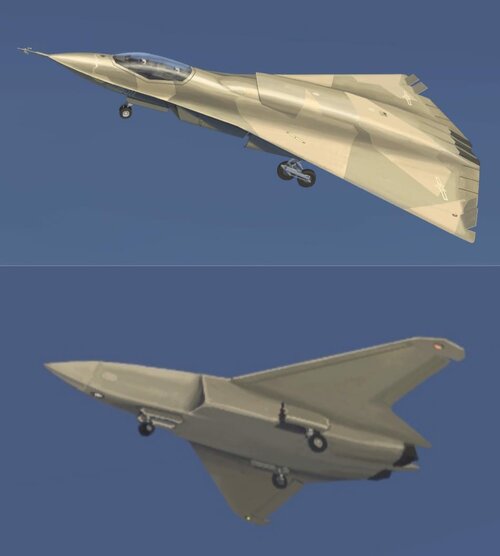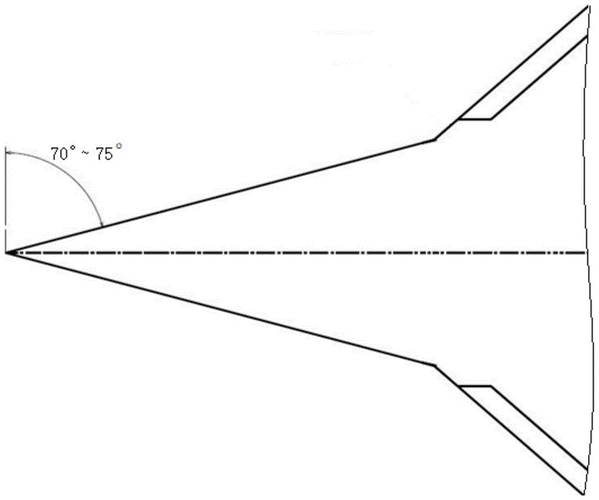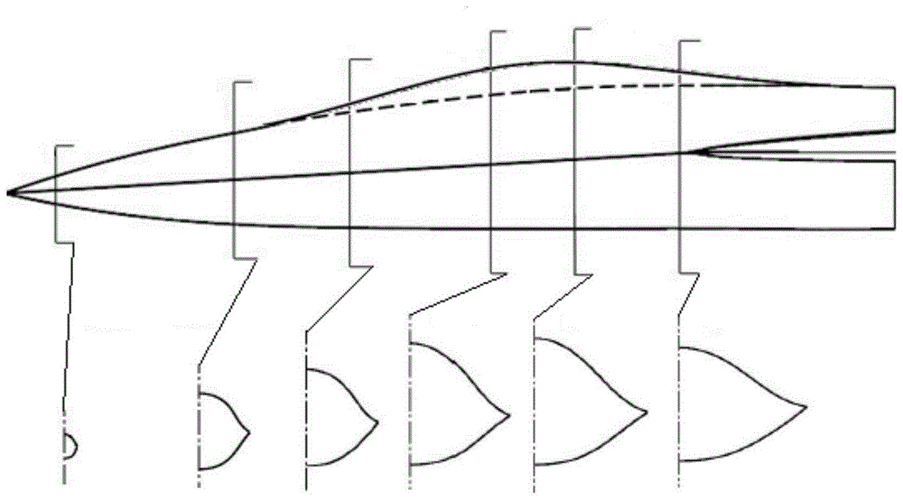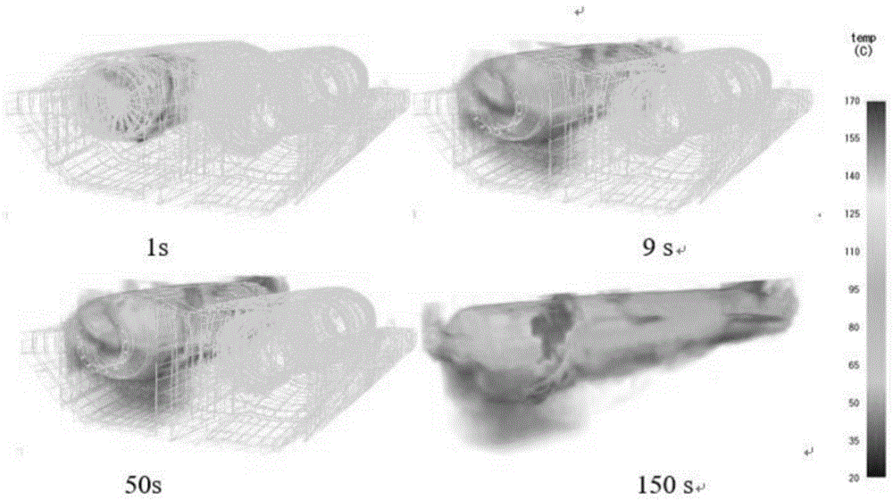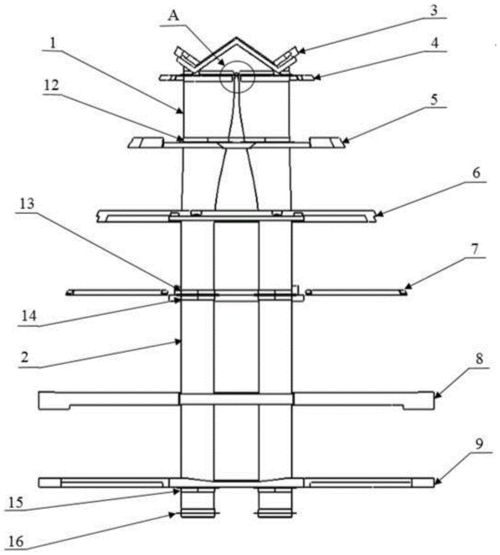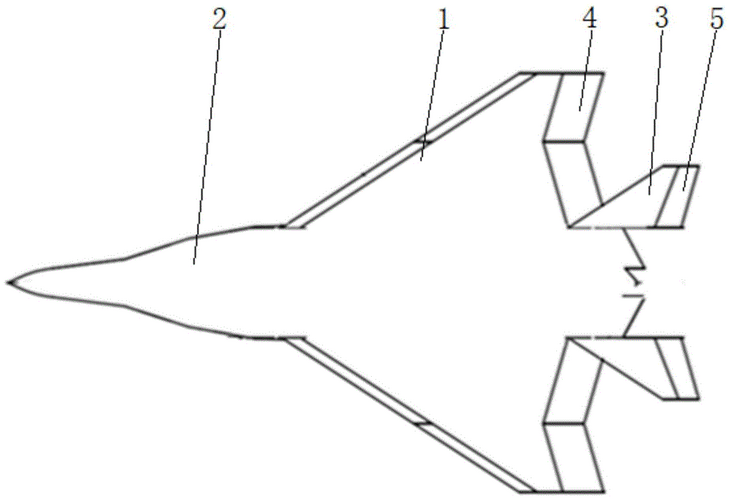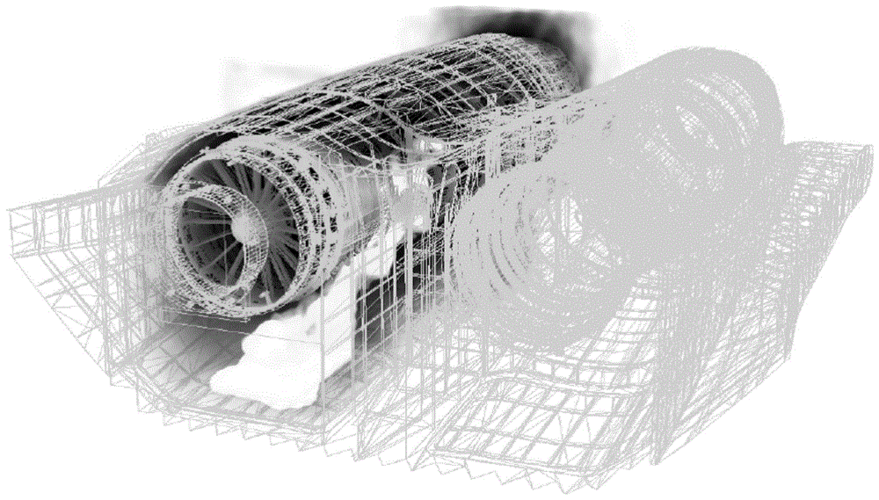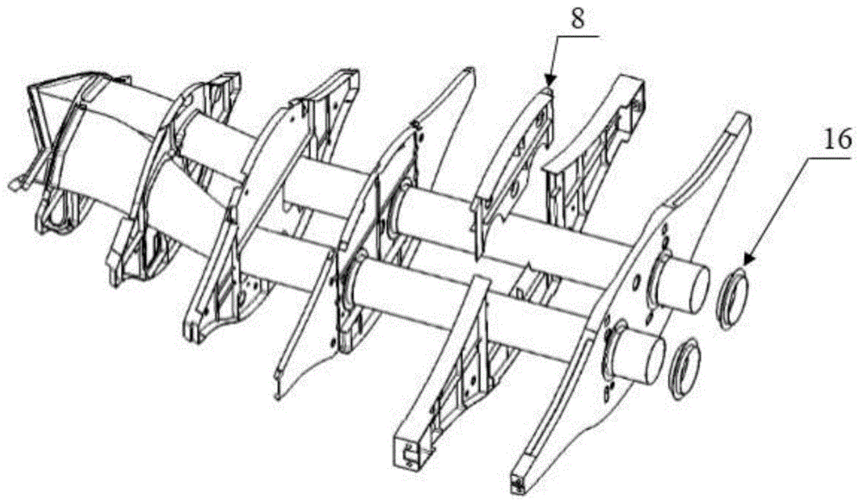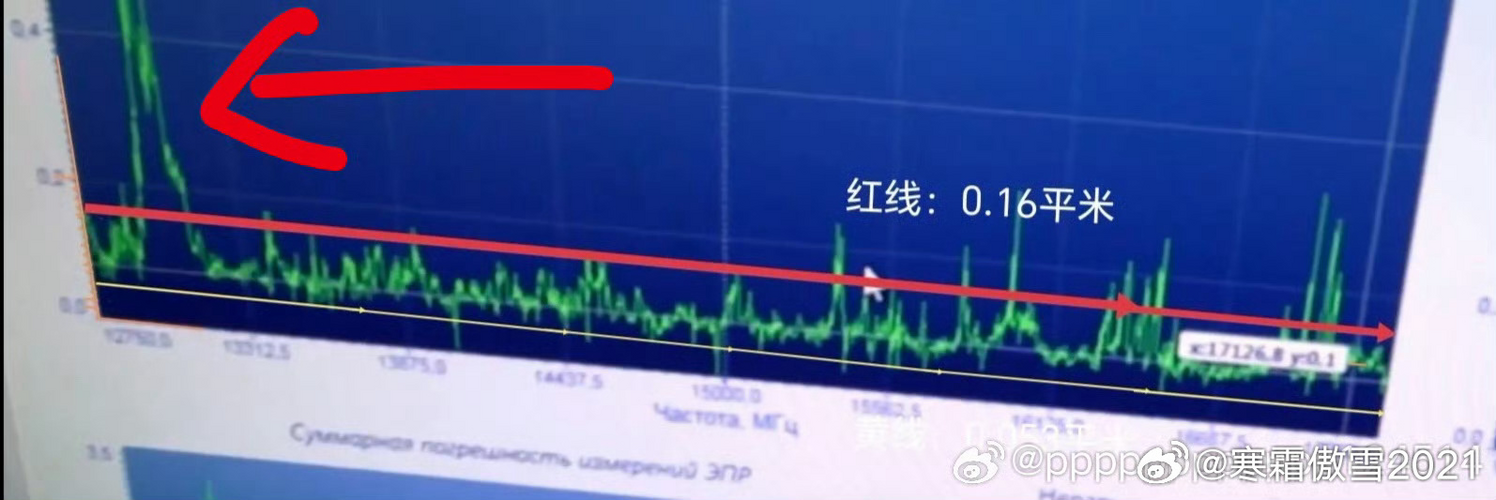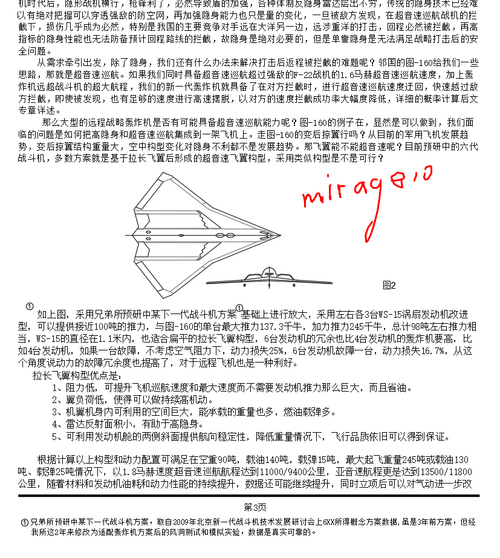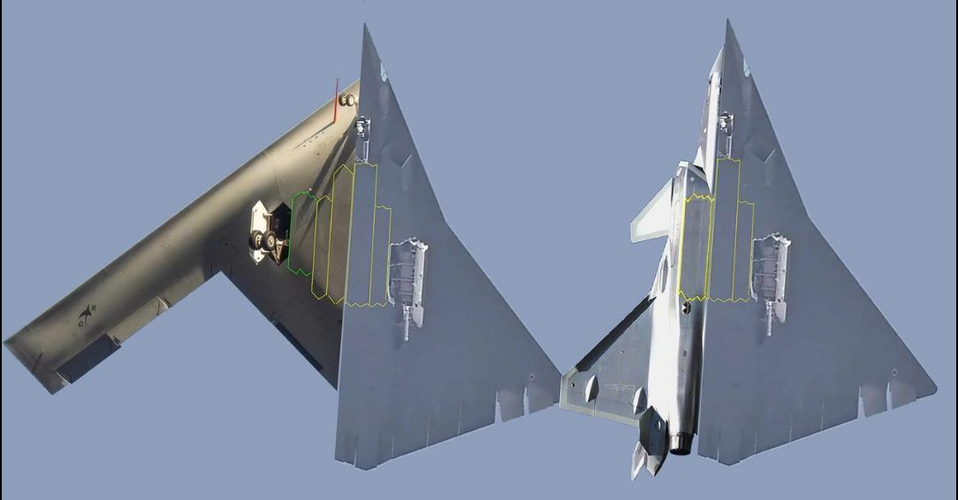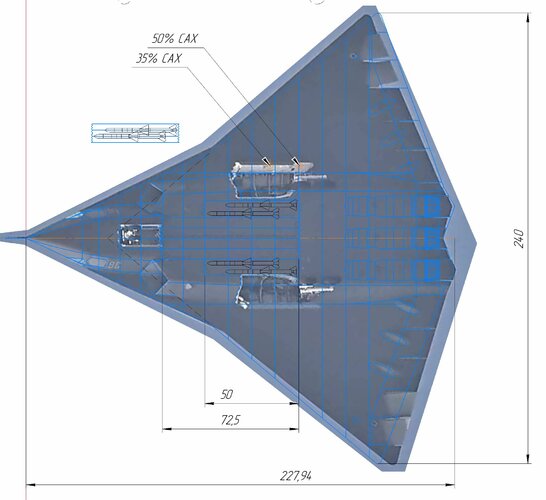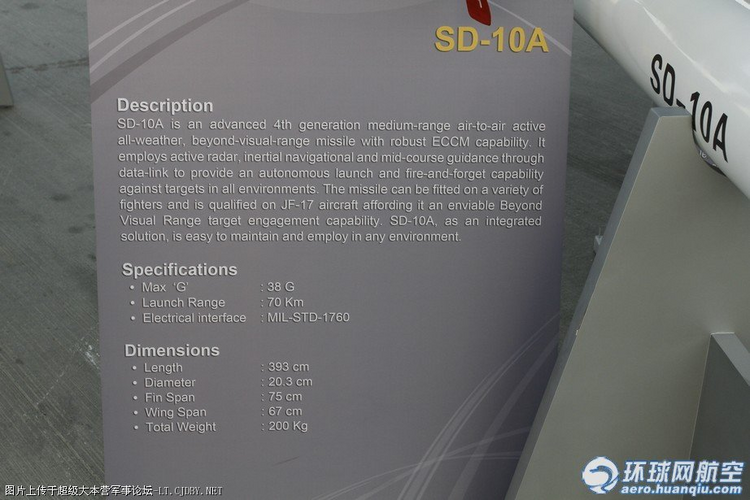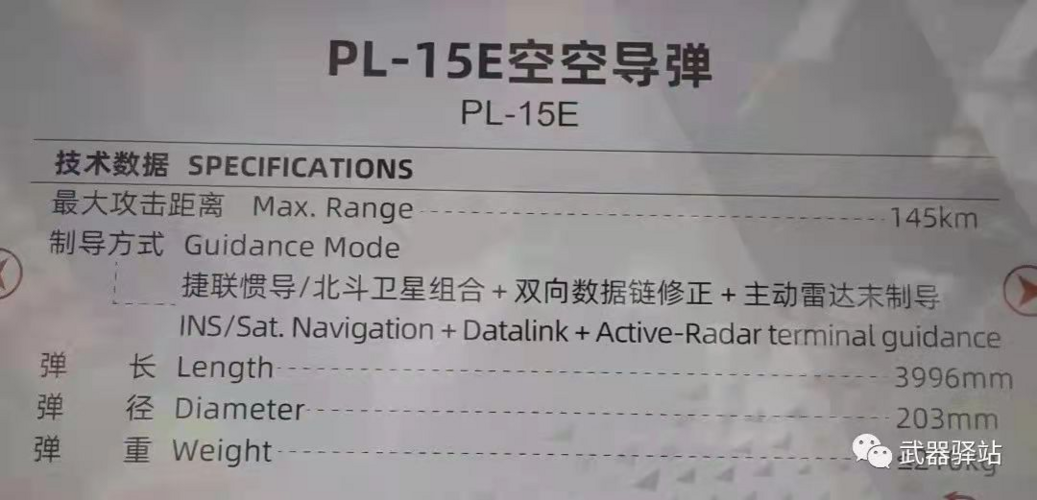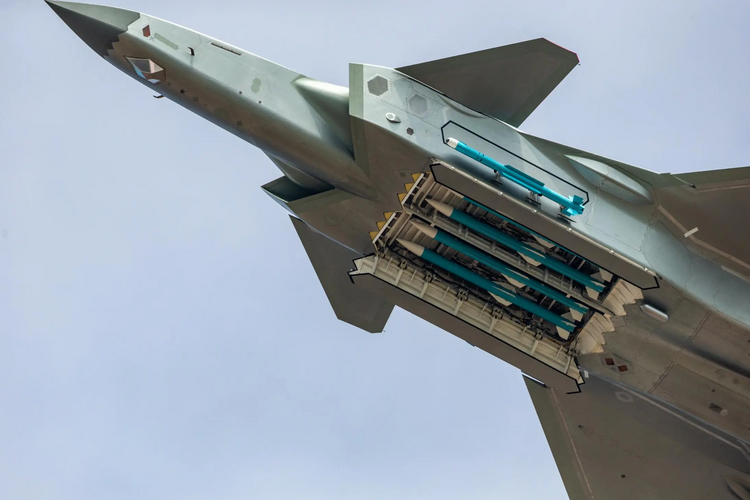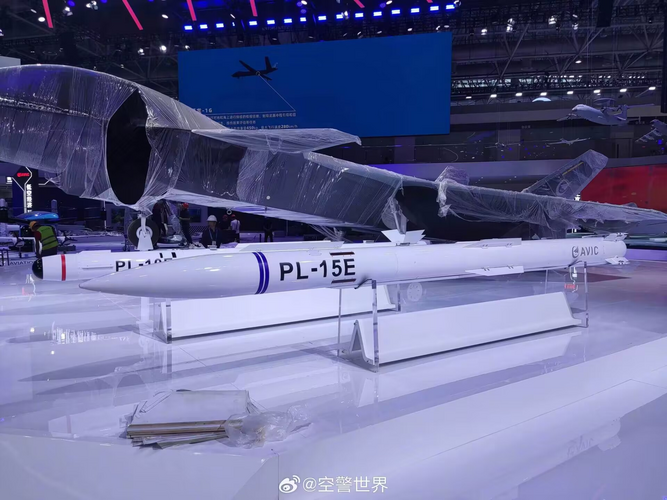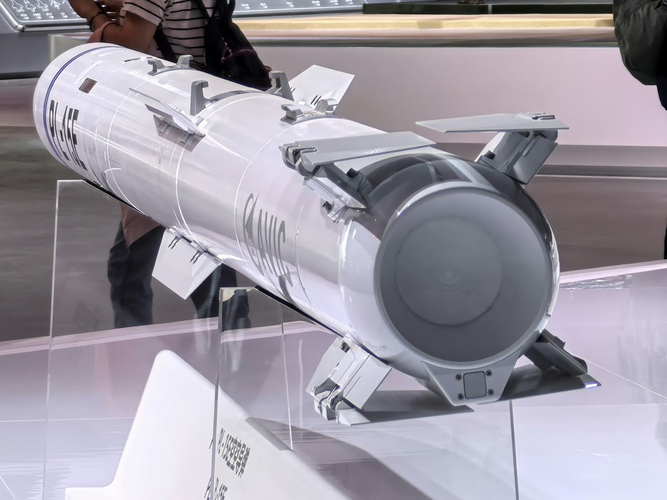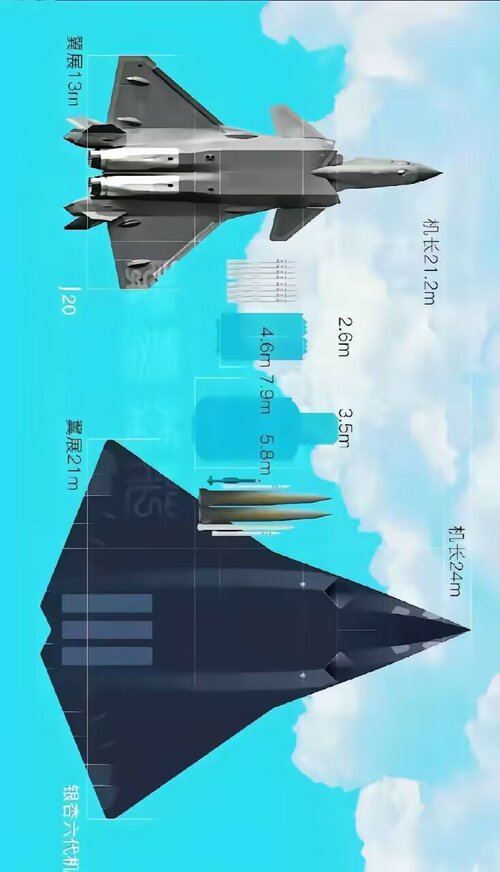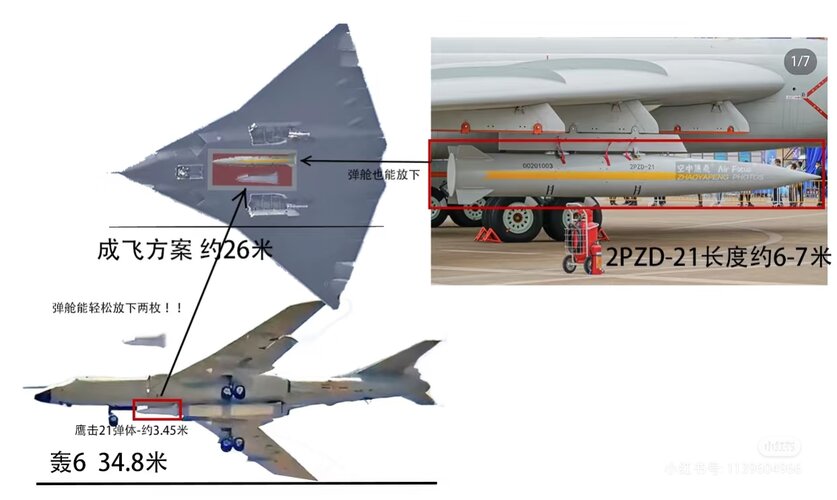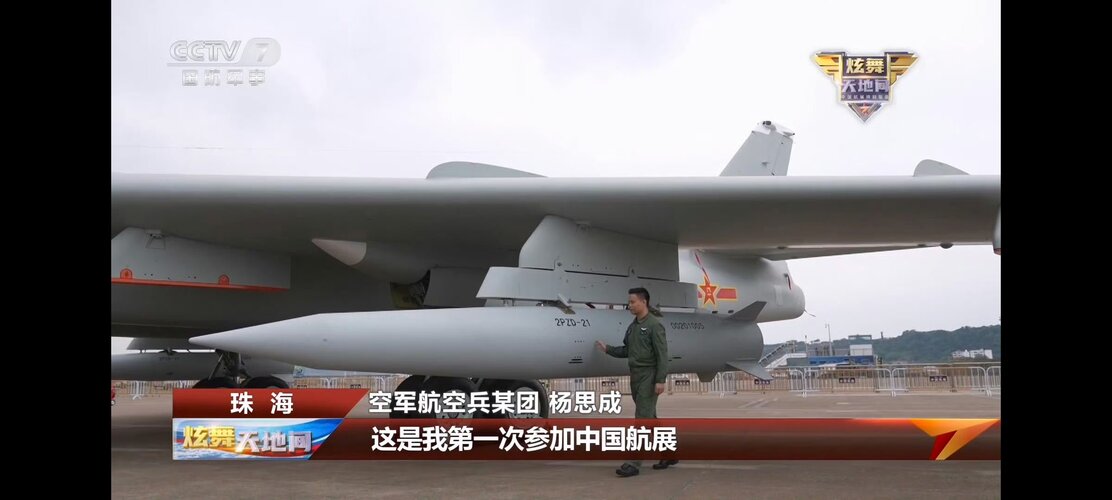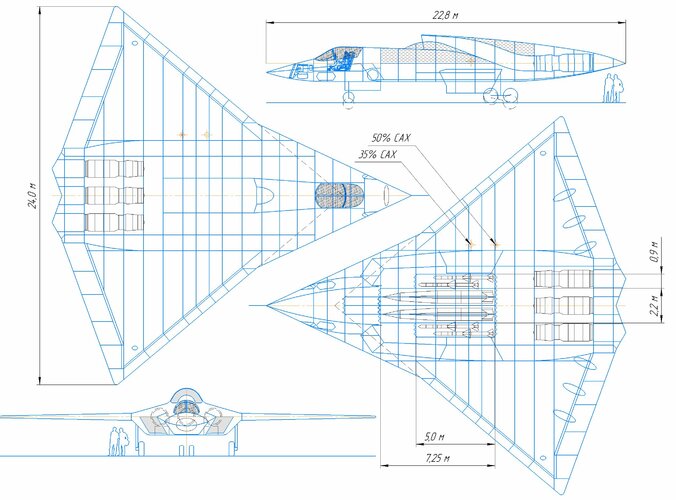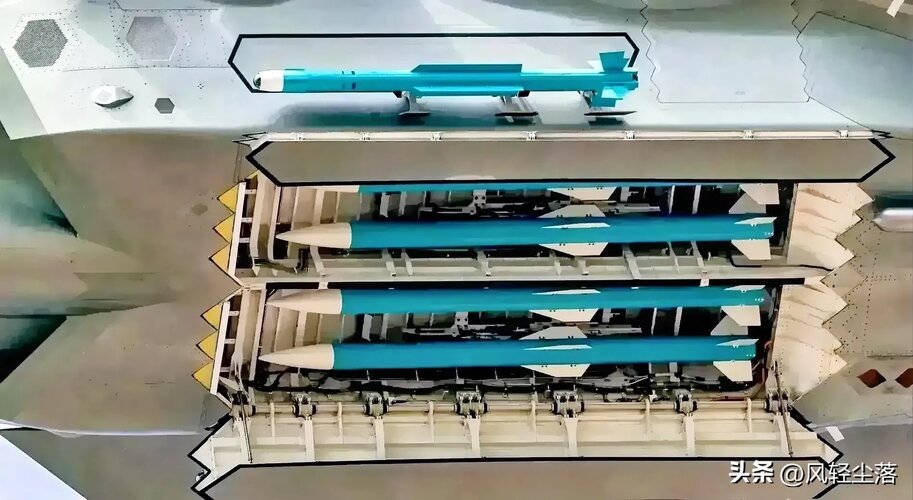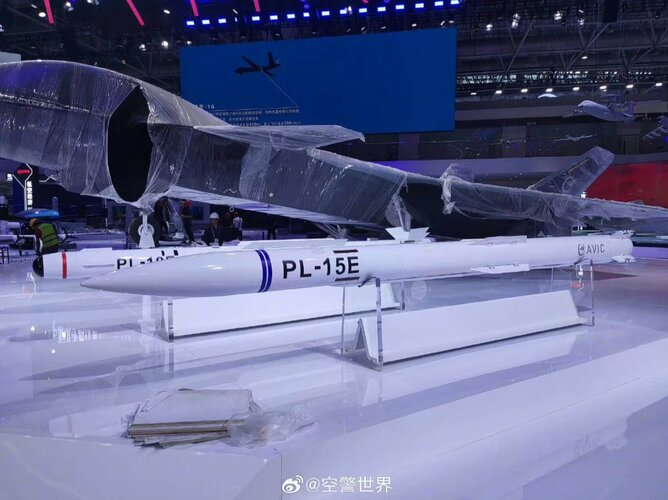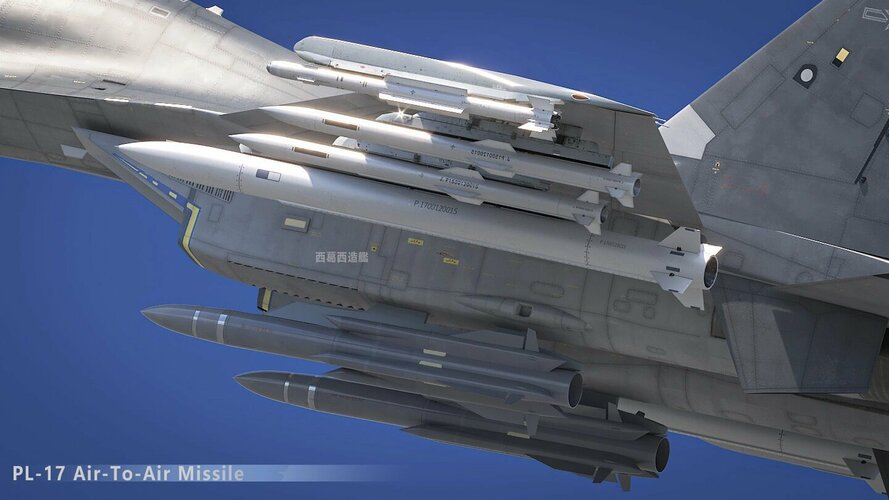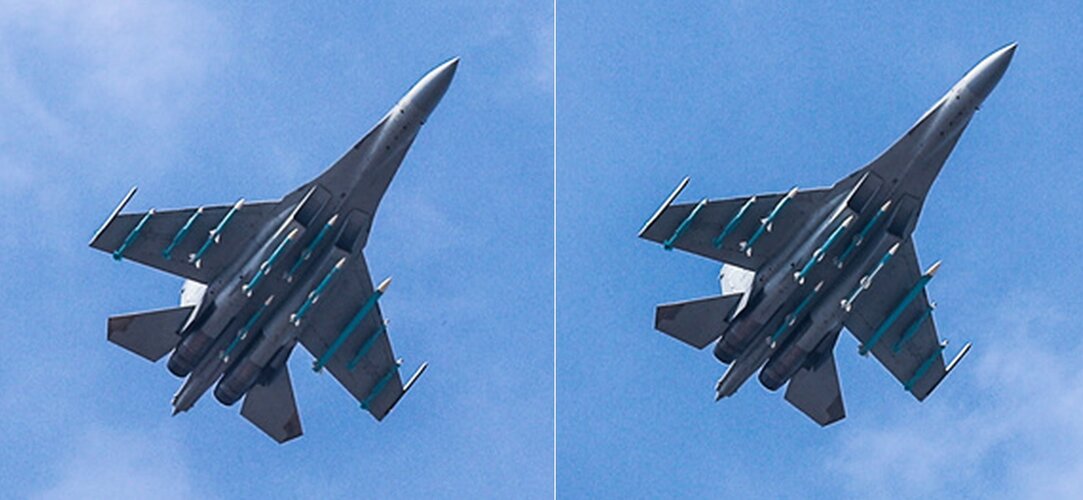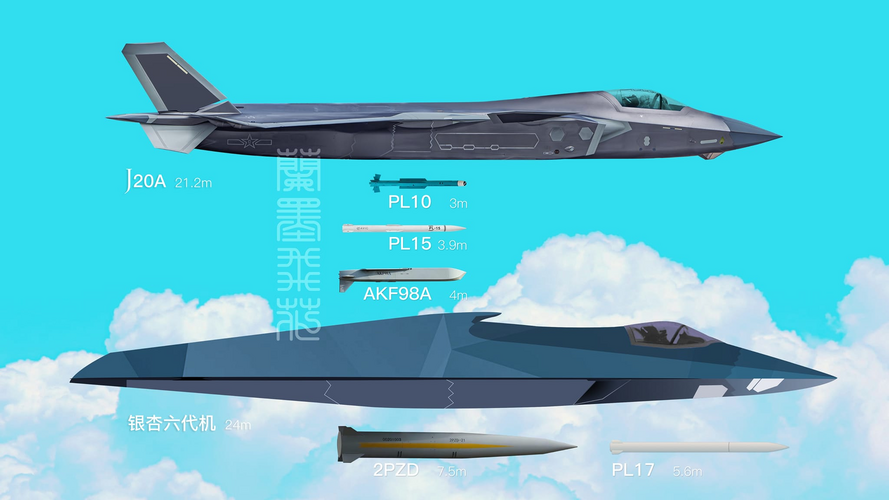The RCS values of several combat aircraft and missiles are known from the documents of the Russian air defense systems. For example, the RCS of a Su-27 without external suspensions is 5 m2, with a maximum combat load of 15 m2, the RCS of a cruise missile and an F-117 aircraft is 0.2 m2. "The RCS of a fifth-generation fighter cannot be less than 0.3 m2, due to its design features." Let's assume the minimum value for the F-22 is 0.3 m2.
The next step is to select the formula and incoming data for these values. In the paralay-table, this is row 92-98.
paralay-tab
The calculation of "combat effectiveness" is achieved by comparing a group of parameters of a fighter with the Su-27 with the same parameters of the aircraft under study, an attack aircraft with the Su-24.
MiG has published an efficiency comparison for the MiG-29M
Let's compare their results with the tabular ones.
The MiG-29M surpasses the MiG-29 in air combat by 1.5 times, when working on ground targets by 3.8 times.
The F-18C surpasses the MiG-29 in air combat by 1.15 times, when working on ground targets by 3.75 times.
In the MiG-29 table, 0.856 and 0.484, MiG-29M 1.161 and 1.719, F-18S 0.976 and 1.751
MiG-29M surpasses MiG-29 1.161 : 0.856 = 1.36 and 1.719 : 0.484 = 3.55
F-18C surpasses MiG-29 0.976 : 0.856 = 1.14 and 3.62
1.5 or 1.36, 3.8 or 3.55
1.15 or 1.14, 3.75 or 3.62
that is, the table slightly underestimates the efficiency of aircraft, or is MiG overestimating, you can slightly adjust the coefficients.



